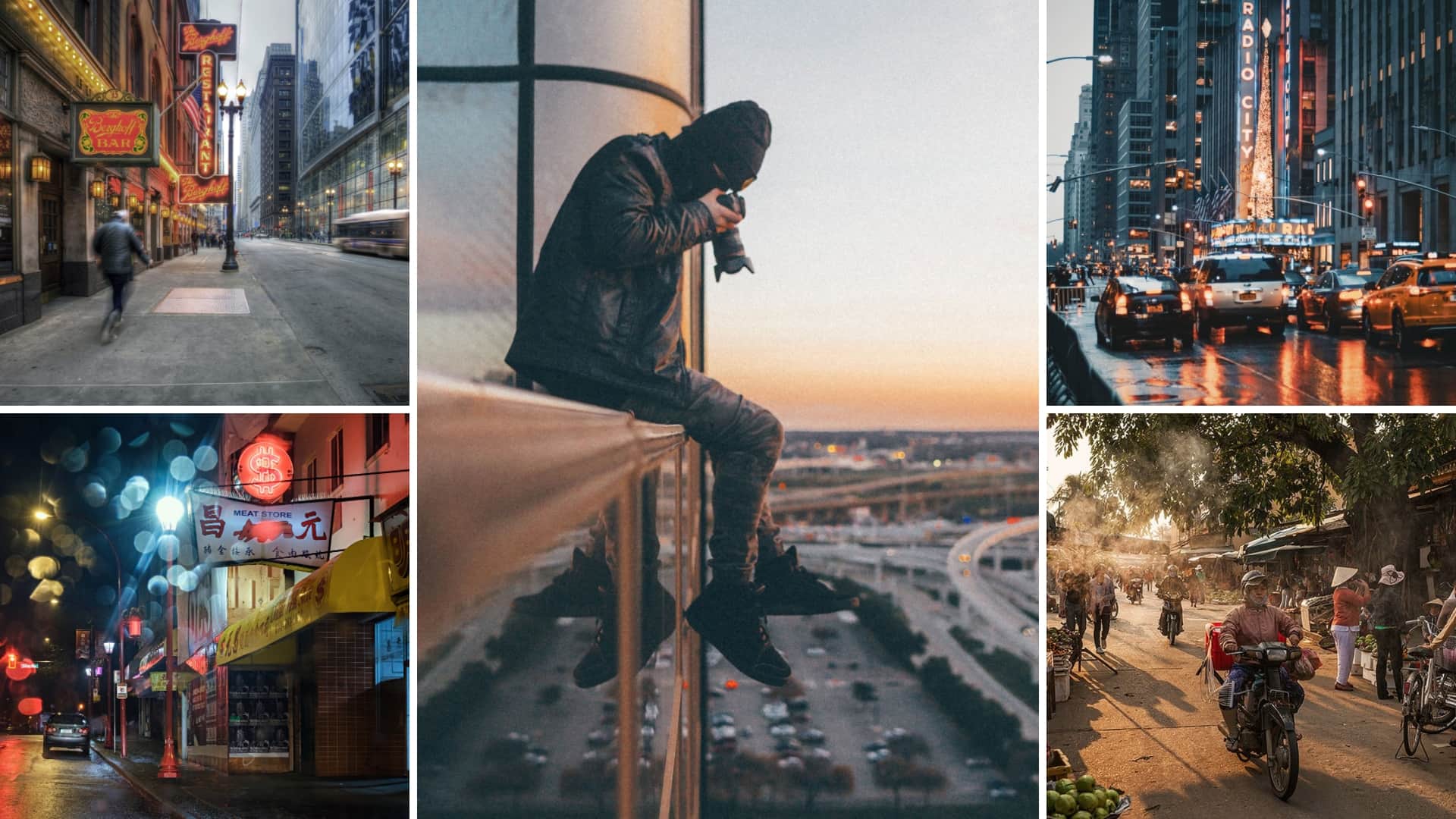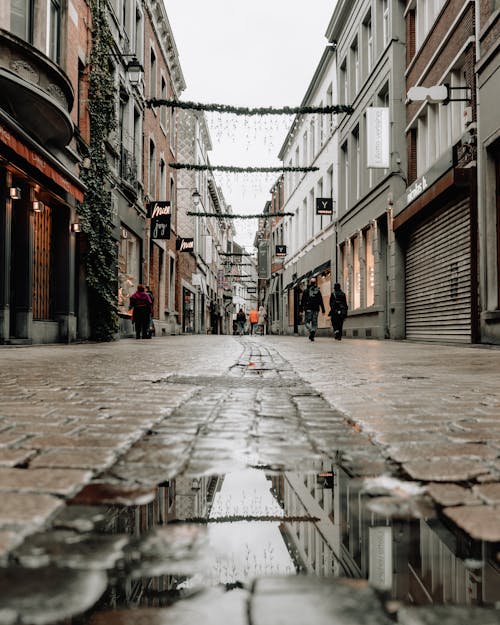Everything about Framing Streets
Table of ContentsFraming Streets Can Be Fun For AnyoneNot known Details About Framing Streets Excitement About Framing StreetsThe 5-Minute Rule for Framing StreetsFraming Streets Can Be Fun For AnyoneThe Buzz on Framing Streets
Photography genre "Crufts Pet dog Program 1968" by Tony Ray-Jones Road digital photography (likewise occasionally called honest digital photography) is photography conducted for art or inquiry that features unmediated chance experiences and random incidents within public areas, usually with the aim of capturing photos at a definitive or touching minute by mindful framework and timing. 
, that was inspired to take on a comparable documents of New York City. As the city established, Atget helped to promote Parisian streets as a deserving subject for digital photography.

A Biased View of Framing Streets
Martin is the initial taped digital photographer to do so in London with a disguised camera. Mass-Observation was a social research organisation established in 1937 which aimed to tape day-to-day life in Britain and to tape-record the responses of the 'man-in-the-street' to King Edward VIII's abdication in 1936 to wed divorce Wallis Simpson, and the succession of George VI. The chief Mass-Observationists were anthropologist Tom Harrisson in Bolton and poet Charles Madge in London, and their initial report was created as guide "May the Twelfth: Mass-Observation Day-Surveys 1937 by over 2 hundred observers" [] Home window cleaner at Kottbusser Tor, Berlin, by Elsa Thiemann c. 1946 The post-war French Humanist School digital photographers located their subjects on the street or in the restaurant. In between 1946 and 1957 Le Groupe des XV annually showed job of this kind. Andre Kertesz. Circus, Budapest, 19 May 1920 Road digital photography formed the major material of two events at the Gallery of Modern Art (Mo, MA) in New York curated by Edward Steichen, Five French Digital Photographers: Brassai; Cartier-Bresson, Doisneau, Ronis, Izis in 1951 to 1952, and Post-war European Photography in 1953, which exported the principle of road photography globally.

How Framing Streets can Save You Time, Stress, and Money.
The recording equipment was 'a hidden video camera', a 35 mm Contax concealed beneath his layer, that was 'strapped to the breast and connected to a long wire strung down the appropriate sleeve'. However, his work had little modern impact as due to Evans' sensitivities concerning the creativity of his task and the personal privacy of his topics, it was not published till 1966, in the publication Lots of Are Called, with an introduction written by James Agee in 1940.
Helen Levitt, after that an educator of little ones, connected with Evans in 193839. She recorded the transitory chalk drawings - 50mm street photography that were part of youngsters's street society in New York at the time, in addition to the youngsters who made them. In July 1939, Mo, MA's brand-new photography area consisted of Levitt's operate in its inaugural eventRobert Frank's 1958 book,, was substantial; raw and commonly indistinct, Frank's images questioned traditional digital photography of the time, "tested all the formal regulations laid down by Henri Cartier-Bresson and Pedestrian find Evans" and "contradicted the wholesome pictorialism and sincere photojournalism of American publications like LIFE and Time".